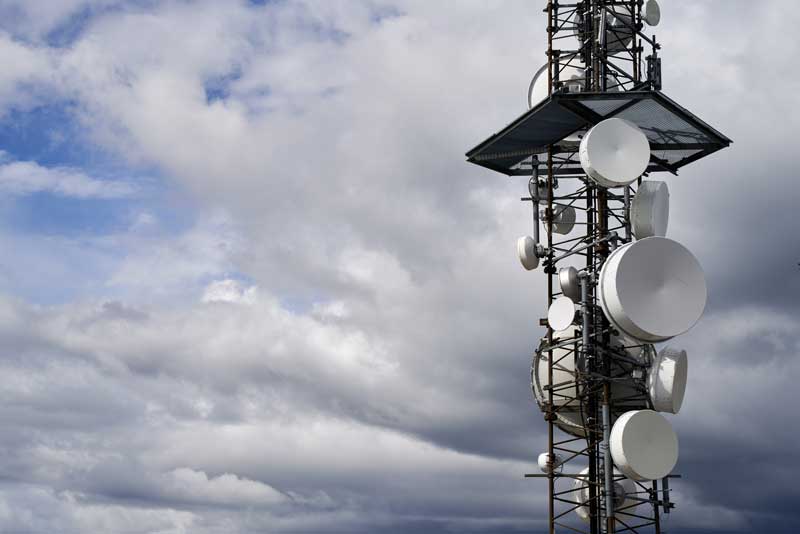- Mysilvershield
- news
- 0 likes
- 11036 views
- 0 comments
- radiation, cellphones radiation
Related products
€69.00
Very comfortable, the MySilverShield pregnancy belly band is made of soft, silky and stretchy elastic viscose mesh lined with our exclusive protective fabric. It can be worn from the first month of pregnancy, and thanks to its tying system it will adapt perfectly to the evolution of your belly, without any feeling of discomfort.












Comments (0)